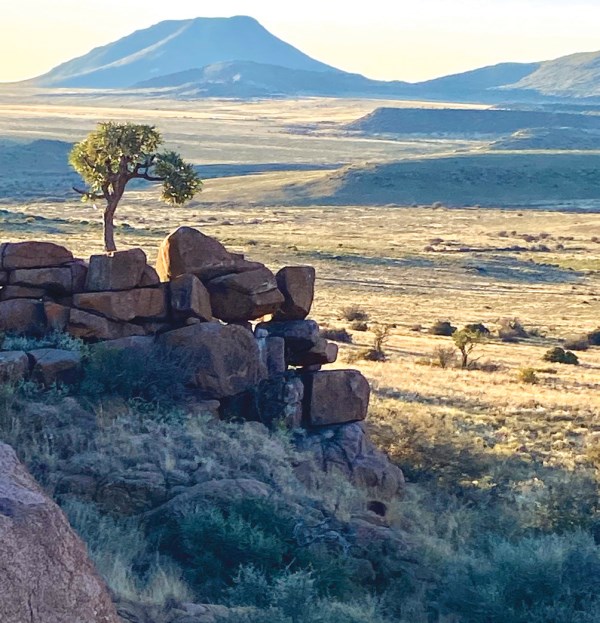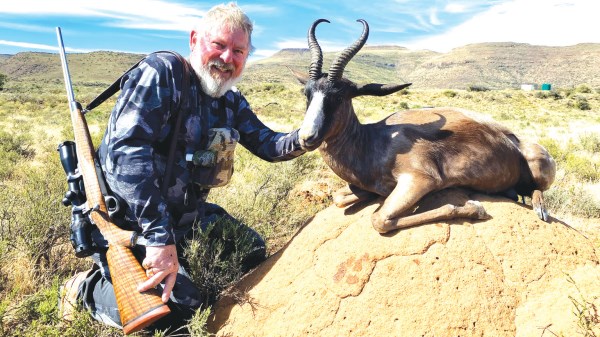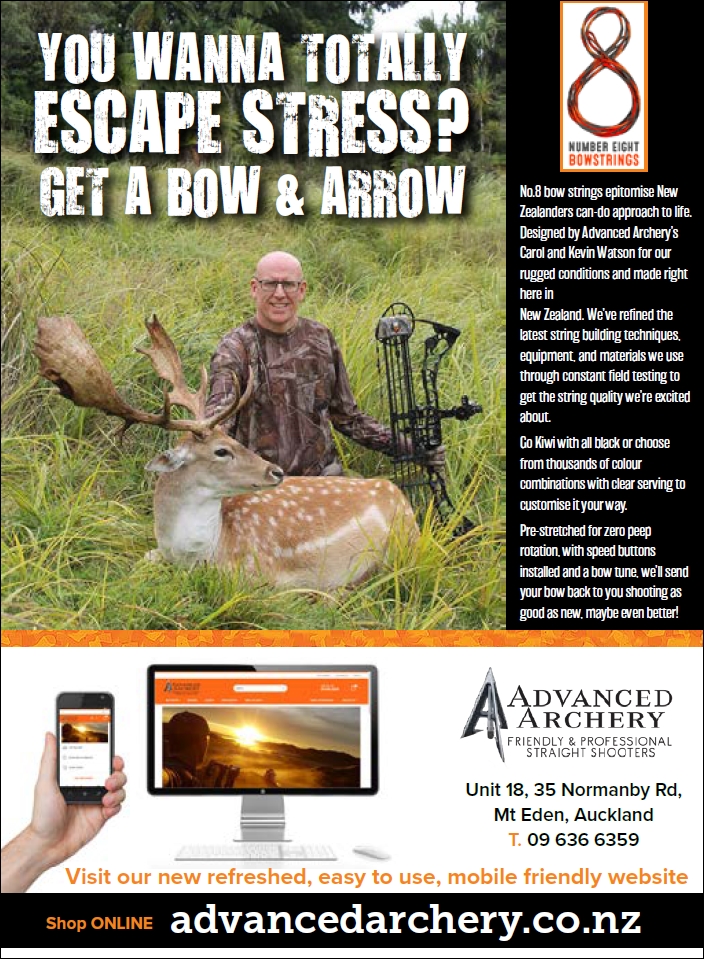
Unlike the rugby team, the springbok is cagey, agile and a worthy opponent. Like the rugby team, Kiwi’s love nothing better than to take down a springbok.
In many ways, these little antelopes are similar to our chamois: keen of eye, fleet of foot and possessing a higher IQ than a front row forward. However, with a beautiful specimen already on my den wall, it begged the question, “What next?” Answer. Hunt the colour variants!
While I’m more hunter than collector, the black and copper springbok held aesthetic appeal to me because of their striking colours and elegant markings. Besides, they are just plain addictive to hunt, especially in the Greater Karoo. There is also a synergy to being species specific and extending the challenge.
My good friend and PH (professional hunter) Pete Wenham and I were hidden in the open of a vast plateau. Using the undulating landform, shadows, sparse clumps of vegetation and the odd donga or dry watercourse, we’d closed the gap on a herd of springbok to 400m!
Springbok ‘salt & peppered’ the landscape but this cluster of a dozen held our attention because the patriarch was black—think ace of spades.

From our vantage, it was difficult to assess horn size but that was secondary; the value to me was in the quality of the hunt and the degree of difficulty in outwitting a mature animal. And this buck was OLD. And cagey. Despite attempts to conceal ourselves, we were on the herd’s radar and the old buck kept driving his harem ahead of us, around us, and upwind of us—always remaining the tiller on this desert ship.
This frustrating cat & mouse game was played out over two days and severely tested our mettle. It was only a bloody animal the size of a largish dog but it seemed to possess the ability to play chess, blow smoke and then vanish in a puff of the afore mentioned. We countered with various strategies, like dressing up as trees—I exaggerate— desert bushes resembling arthritic tumbleweeds!
Then, while reliving the days’ events over a sundowner, we realised the chink to our adversary’s armour was predictability; despite the tortuous route he took throughout the day, his disappearing act was from the same basin high up on the plateau. We were at a loss as to how he did it.
The following day, we played the same game until late in the piece and, ultimately, left the tracker as a decoy and fast paced it ahead of the perambulating herd—Mr ace of spades the Tillerman yet again. We climbed the dry cobbled escarpment as the sun accelerated towards the horizon, aching with every footfall.
Once in place, Pete and I slipped into the shadow of some low bushes, me on the shooting sticks and Pete on the radio. The herd weren’t moving! They were feeding, confident in their own security. Pete instructed the tracker to make himself visible—nothing—make a noise—nothing—wave your bloody arms—nothing. The herd were relaxed and going nowhere.
But it was a ploy.
“There he is,” I whispered harshly!
Sneaking through a tiny saddle below us and repeatedly casting a backwards glance, the Tillerman played his ace— he’d decoyed the herd to make his escape.
Pete whistled.
The buck stopped and looked.
I shot.
Anticlimax?
Hell no. Relief.
Euphoria. Respect.
A fitting end to a challenging hunt and time for a sundowner.
Or two!













